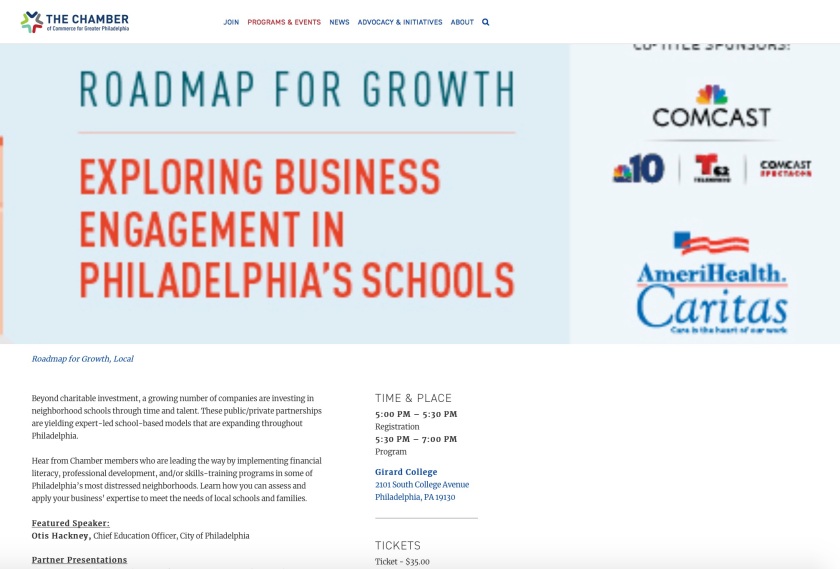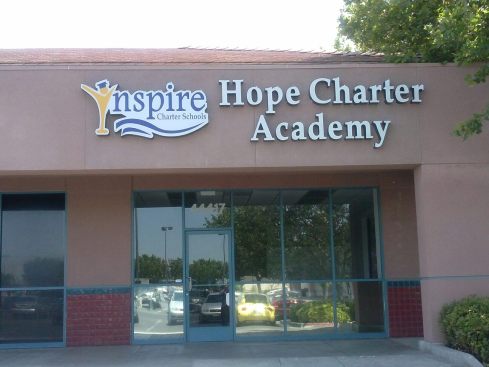2019 CAASPP Scores Announced - Year 2019 (CA Dept of Education)
State Superintendent Tony Thurmond Announces Results of Statewide CAASPP Assessment Tests and Supports Action to Address Disparities
SACRAMENTO—State Superintendent of Public Instruction Tony Thurmond announced today the statewide results of the California Assessment of Student Performance and Progress (CAASPP) summative assessments for English language arts/literacy (ELA) and mathematics. School districts have had access to their own results since May.
For CAASPP, performance continues to improve slightly overall within grades as measured by the Smarter Balanced ELA and mathematics assessments. Statewide results in all tested grades showed that 50.87 percent of students met or exceeded standards in ELA, a .99 percentage point increase from 2018 and a 6.87 percentage point increase from 2015. In mathematics, 39.73 percent of students met or exceeded standards, a 1.08 percentage point increase from 2018 and a 6.73 percentage point increase from 2015.
Thurmond acknowledged the slight score increases but expressed deep concern that improvement is less consistent across the score range in the later grades of 7, 8, and 11, with a persistent percentage of students of color not meeting standards and, in several grades, showing declining scores from last year.
“Disparities between students of color and their white and Asian peers continue from year to year and demonstrate the importance of our priority initiative of closing the achievement gap. Education equity should mean equity for all students and right now, we are not there,” said Thurmond. “All students should have an equal opportunity to succeed academically and enter the workforce prepared with the needed skills to compete in the industries that drive our state forward.”
One plan to address disparities that Thurmond supports is working with data experts to interpret the declining scores and evaluate what is causing the results. Strategies can then be identified for how local educational agencies (LEAs) and educators can improve test scores. “The CDE can work with all educational stakeholders to identify strategies and then explore legislative efforts to support the needs of local districts and provide resources to improve test scores,” Thurmond said.
Performance gaps have narrowed (based on tracking the same cohort over time and different cohorts over time) in ELA in most grades between Hispanic or Latino students and white students, Ever-English Learner students and English Only students, and Reclassified Fluent English Proficient students and English Only students.
The CAASPP Smarter Balanced ELA and mathematics results are the basis for the academic indicator, and the Summative ELPAC contributes to the English Learner Progress indicator of the California School Dashboard. Thurmond reinforced that test results are only one measurement out of many that the state uses to evaluate schools on the California School Dashboard, which allows educators and parents to identify strengths and weaknesses. Schools and districts that are struggling across Dashboard indicators are flagged for state assistance.
This is the fifth year of the computer-based tests, which use California’s challenging academic standards and ask students to write clearly, think critically, and solve complex problems, as they will need to do in college and future careers. During this time period, less than one percent of students did not take part in the assessments due to a parent/guardian exemption, a figure that is far less than in other states.
Smarter Balanced ELA and mathematics tests consist of two parts: a computer adaptive assessment and a performance task. The computer adaptive assessment bases follow-up questions on a student’s answers in real time. If a student answers a question correctly, they get a more difficult question. If they answer incorrectly, they get an easier question.
The performance task challenges students' ability to apply their knowledge and skills to problems in a real-world setting. The two parts measure depth of understanding, writing, research, and problem-solving skills.
Scores on the Smarter Balanced ELA and mathematics fall into one of four achievement levels: standard exceeded, standard met, standard nearly met, and standard not met. The state also computes the average scores of all tested students by grade level, called mean scale scores, which reflect the progress of all students rather than only those who changed achievement levels from one year to the next.
The CAASPP Smarter Balanced and California Alternate Assessments for ELA and mathematics can now be accessed through the CDE Public Reporting website. Explore the enhanced features such as easy-to-read tables and graphs illustrating various aggregate assessment results, improved filters for student groups as well as school type, and statewide performance trend reports to support critical work in identifying and narrowing achievement gaps.
# # # #
Tony Thurmond — State Superintendent of Public Instruction
Communications Division, Room 5602, 916-319-0818, Fax 916-319-0100
Last Reviewed: Wednesday, October 9, 2019
2019 CAASPP Scores Announced - Year 2019 (CA Dept of Education)





















